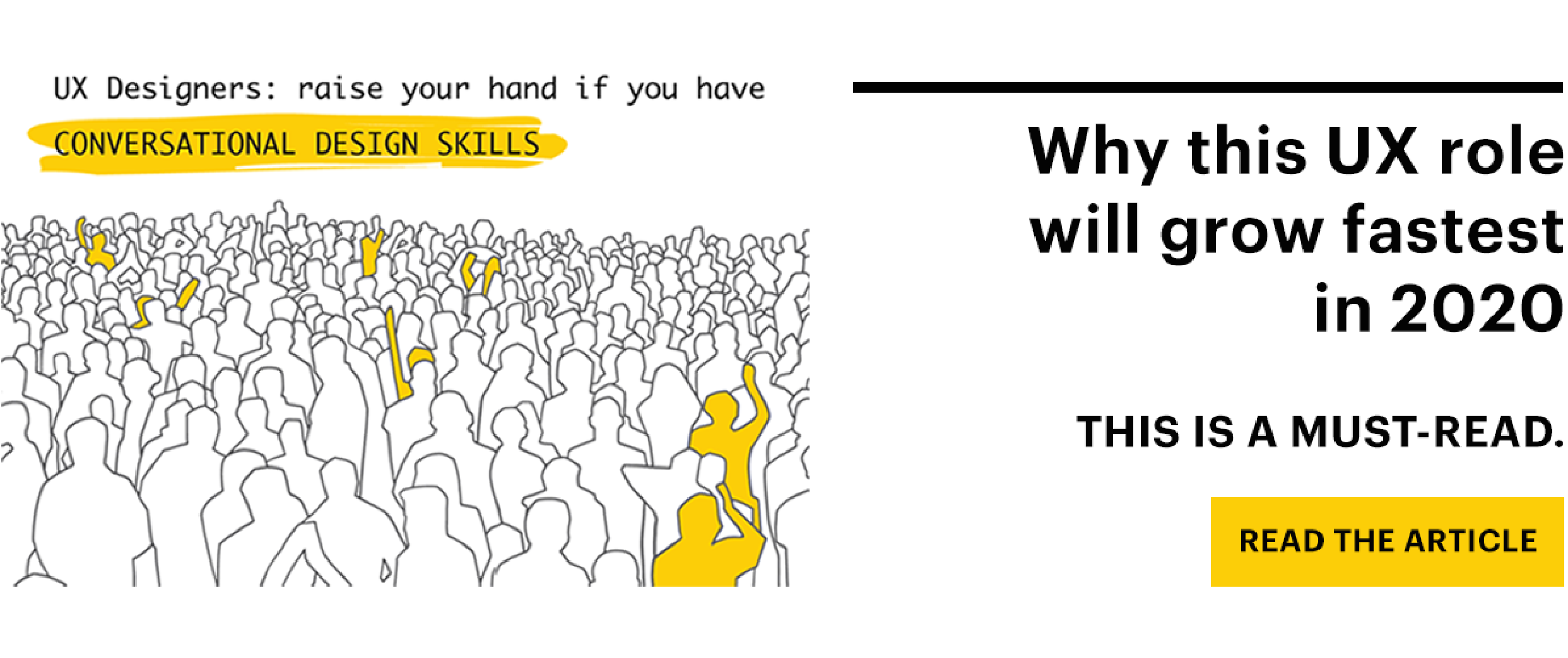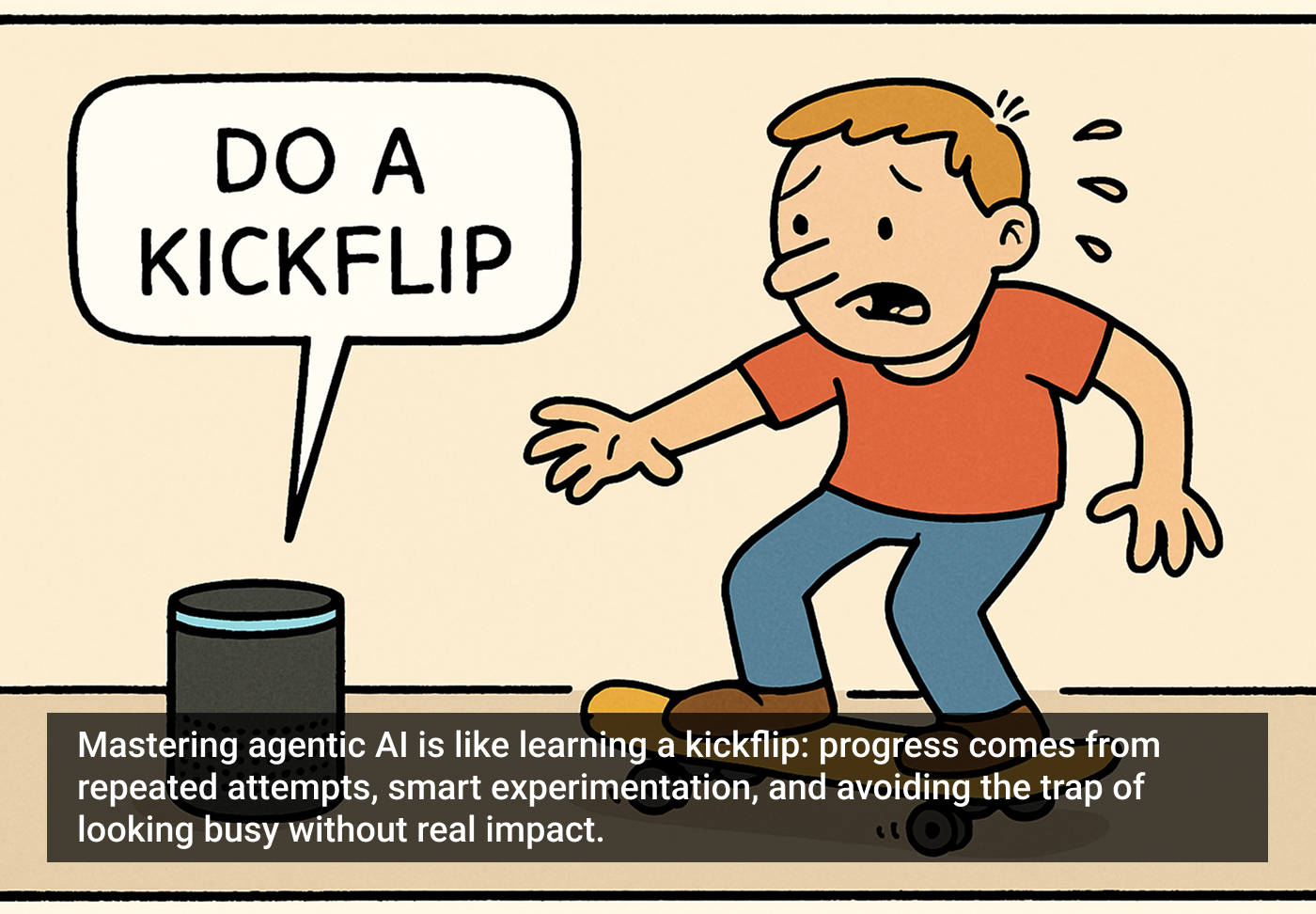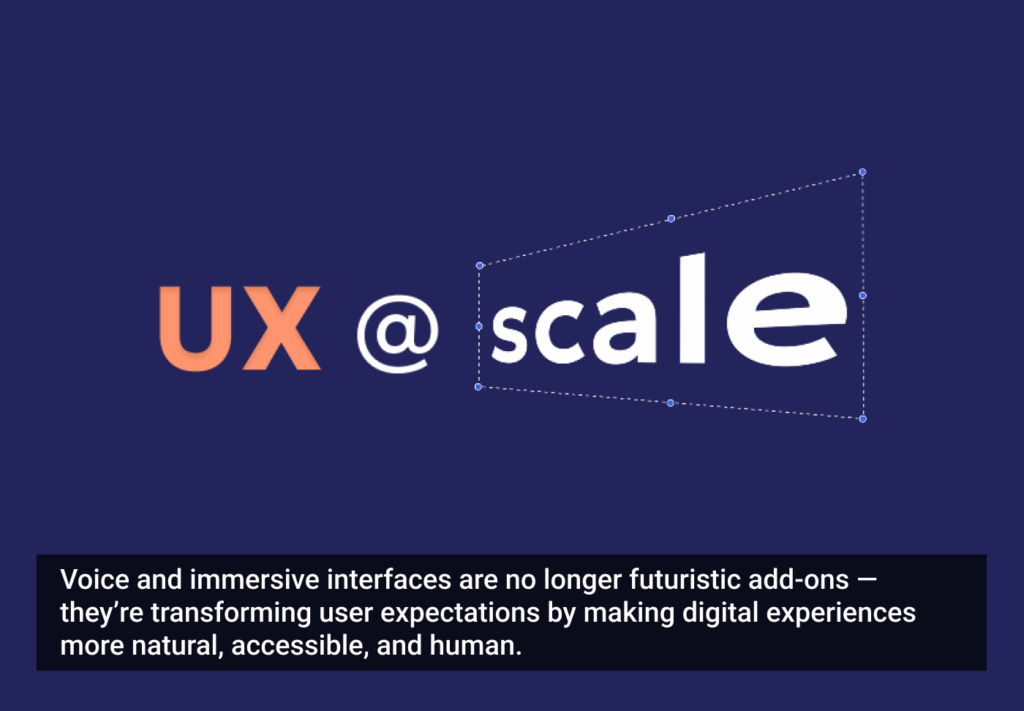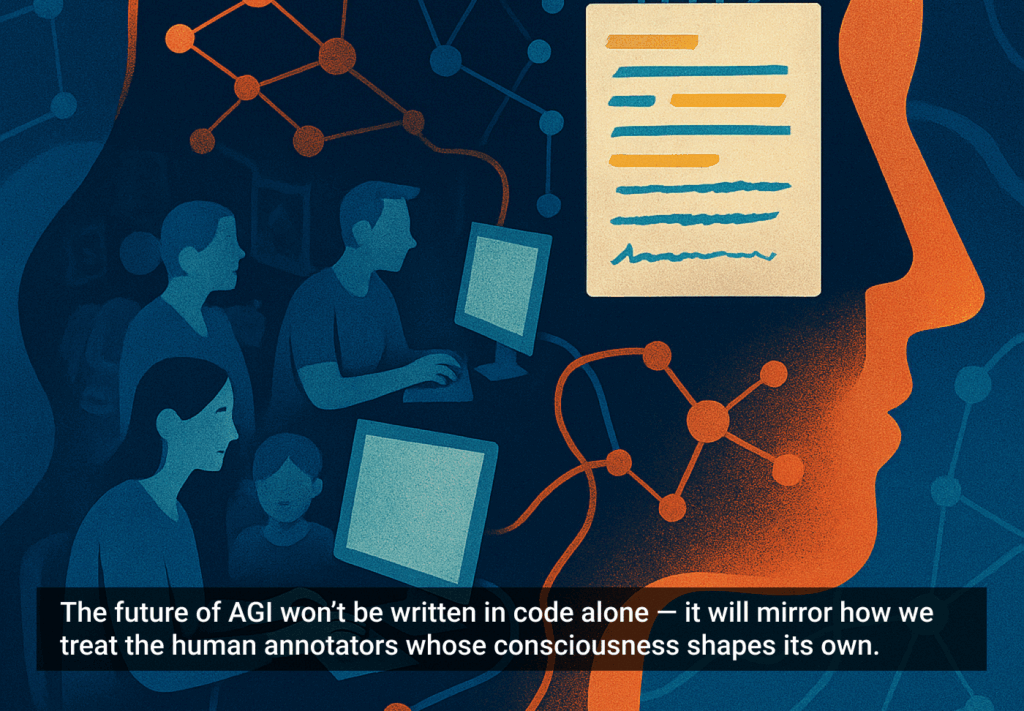The future is present. Some call it the fourth industrial revolution, but I believe we are experiencing the beginnings of technological evolution. We find ourselves surrounded by augmented intelligence platforms that assist us in our day-to-day activities. Machine learning algorithms are predicting the weather, stock markets, and musical preferences. Augmented and virtual reality is quickly becoming ubiquitous for lifestyle brands and museum experiences. Technology is truly at the forefront of our lives and is not slowing down.
In recent years there has been a major push to help Americans become prepared for life in this next frontier. Many programs have been developed by various organizations, aiming to help educate the youth of our nation with a new fundamental skill, coding. While I understand the push for teaching programming skills, I wonder are we too late? Also, are we emphasizing the wrong skill?
Learning coding languages is great, but is it essential for the future? We are limiting the capacity to better prepare the next generation for the new wave of 21st-century careers. Considering that many programs are being created specifically for kids in inner city schools, many children of color, lower-income communities, and girls — — are we setting them up to continue running a race with a shackle on their ankles?
Many coding camps and educators are doing great at teaching the skill of coding, but are not offering, better yet emphasizing, the additional layer of education — — preparing students how to become better critical thinkers, collaborators, creatives, and communicators. In a world where Moore’s law is picking up its pace, skills in coding no longer make sense. What is needed now more than ever is the ability to leverage technology to solve problems and the only way to do that is to understand how to define problems, communicate effectively, possess empathy, and to think creatively.
According to the Future Jobs Report created by the World Economic Forum, the top ten skills needed for the Fourth Revolution are:
Creativity: This is the greatest superpower humans have. In a world of autonomous machines, computers have yet to rival the creativity, sparked by the imagination, of the human brain.
Emotional Intelligence (EQ): Once deemed the sensitive side of intelligence, it is now more important than ever. Being able to self reflect and communicate feelings as well as empathize with someone else is vital for product development and solving problems.
Critical Thinking: Being analytical is no longer a prerequisite for left-brainers. A person who has strong critical thinking abilities can innovate and ideate leveraging logic and reasoning. This is important as humans and machines began to work closer together.
Growth Mindset: At the rate in which technology is evolving having the ability to continuously learn is imperative. People have to learn how to become better learners. Too often students rely on regurgitating information from memory versus understanding the nuances.
Cultural Competency: Thanks to technology the world is more connected than it has ever been before. Having the ability to appreciate and actively learn from other cultures is important as more teams become global.
Judgment and Decision Making: While machines will aid in providing insights, humans will need to be able to act accordingly and make the best decision possible. Technology is removing mundane tasks, leaving humans with the task of doing higher-level thinking and decision making.
People Management: Having the ability to lead and manage people is a skill that will always be in demand. Helping people thrive and building their confidence is important.
Technology skills: Artifical intelligence, Big Data, Blockchain, Deep Learning, etc., all of these varying technological advances are going to require people to work with and understand how to use these technologies.
Communication: The ability to communicate effectively. Understanding tone, body language, and to translate thought to another human is going to be a vital skill.
Embracing Change: Technology is forcing us to react quickly and pivot, therefore people are going to have to remain agile and willing to embrace change.
None of the skills deemed vital for the fourth revolution revolves around a finger to keyboard learning. My hypothesis is that in the near future, machines will be programming machines and while there will be a need for some programmers, the ability to be able to work with technology and understand its impact is what is going to drive success, not programming it.
Social-emotional and higher-order thinking skills will be in the highest demand for future workers. Those of us in technology have to work on ways to emphasize the importance of cognitive development. We can do this by doubling down our efforts on the creative process, training students in design thinking methods and teaching hybrid-design skills. While we emphasize technology and STEM careers, we should also elevate the Arts and Humanities or do better at aligning those disciplines together.
Today, technology programs need to be built with the whole child in mind so that learners can get more out of programs than simply learning how to code.
What do you think? Is learning to code a skill of the past or do you think it is still necessary for success?









